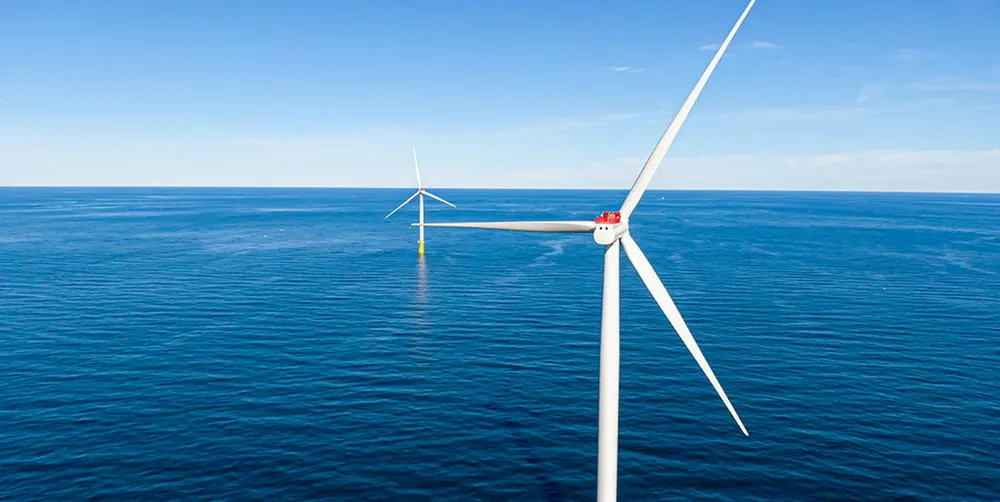Delaware | Will 'First State' finally get onboard now that US offshore wind is leaving harbour?
Following the failed flagship Bluewater project in the 2000s, offshore wind sector progress in Delaware stalled, but a new think-tank study concludes now is the moment to make up for lost time, writes Tim Ferry

A new study from the University of Delaware's (UD) Special Initiative on Offshore Wind ~(SIOW) think-tank, however, found that the risk profile - and economic development opportunity - have changed dramatically since the 450MW flagship foundered under the weight of a combination of costly economics and unfavourable public perception.
The latest SIOW research indicates that with offshore wind's levellised cost of energy (LCOE) having fallen precipitously in the last decade to the point where sea-based projects off the US could produce at $56-$86/MWh.
This together with a “better understanding” of auction strategy from Delaware policy-makers, said Willet Kempton, a UD professor and technical advisor to the SIOW, could net LCOEs of $71/MWh, well within the $53-$82MWh range that it currently pays for natural gas generation.
Offshore wind costs have dropped to “half of what they had been” when Bluewater Wind’s power purchase agreement (PPA) was signed in 2008, said Kempton, referring to Delaware’s conclusion that year that “offshore wind [was] too expensive, [and the state] didn't want to pay that much money for electricity.
“If you look at the market price, that was correct at that time,” he added. “It's no longer true to say offshore wind is going to be more expensive [than conventional energy], and we have guidance on how to do it.”
The SIOW report outlines a range of scale-up-focused recommendations designed to minimise costs and maximise investment should Delaware commit to development of its offshore wind resource.
“Bigger projects, bigger turbines, and a better understanding of how to do procurements” are key to cost-competitive offshore wind power, Kempton underscored, as well as “having a robust competition on price”. SIOW's calculus makes the case for 800MW-plus projects deploying 15MW-or-larger turbines, integrated with a well-crafted procurement strategy attractive to multiple developers and tailored to meet the state’s needs.
The report noted that different states have prioritised different elements of the industry, with some, including New York and Maryland, emphasising investment into local supply chain and port infrastructure, while others, such as Massachusetts, putting the accent on LCOE, and provides a range of scenarios for Delaware to weigh as it considers any offshore wind build-out.
Though Kempton believes that a specific legal mandate to procure offshore wind power is unnecessary give its increasingly favourable economics, but a critical first step is for the state to amend power purchase rules that currently allow for only three-year timeframes, instead of the 20-year PPAs needed by the offshore wind industry to defray high upfront development costs.
Delaware, with a population of only 1 million, noted Kempton, could make the transition from a fossil-fuelled energy system to a renewables-fed one off the back of a single utility-scale offshore wind farm and help address climate change challenges linked to it being the lowest-lying state in the nation and so most vulnerable global heating-caused sea-level rise.
“[Offshore wind] makes sense because there’s not any premium on market costs, Delaware is very vulnerable to climate change and would benefit from the industrial development that comes along with it,” he said.
Kempton noted that the study, while not commissioned by the state, was conducted with the approval of its legislature and reflects the new renewable portfolio standard signed into law last year that calls for 40% of renewable power in the generation mix by 2035.